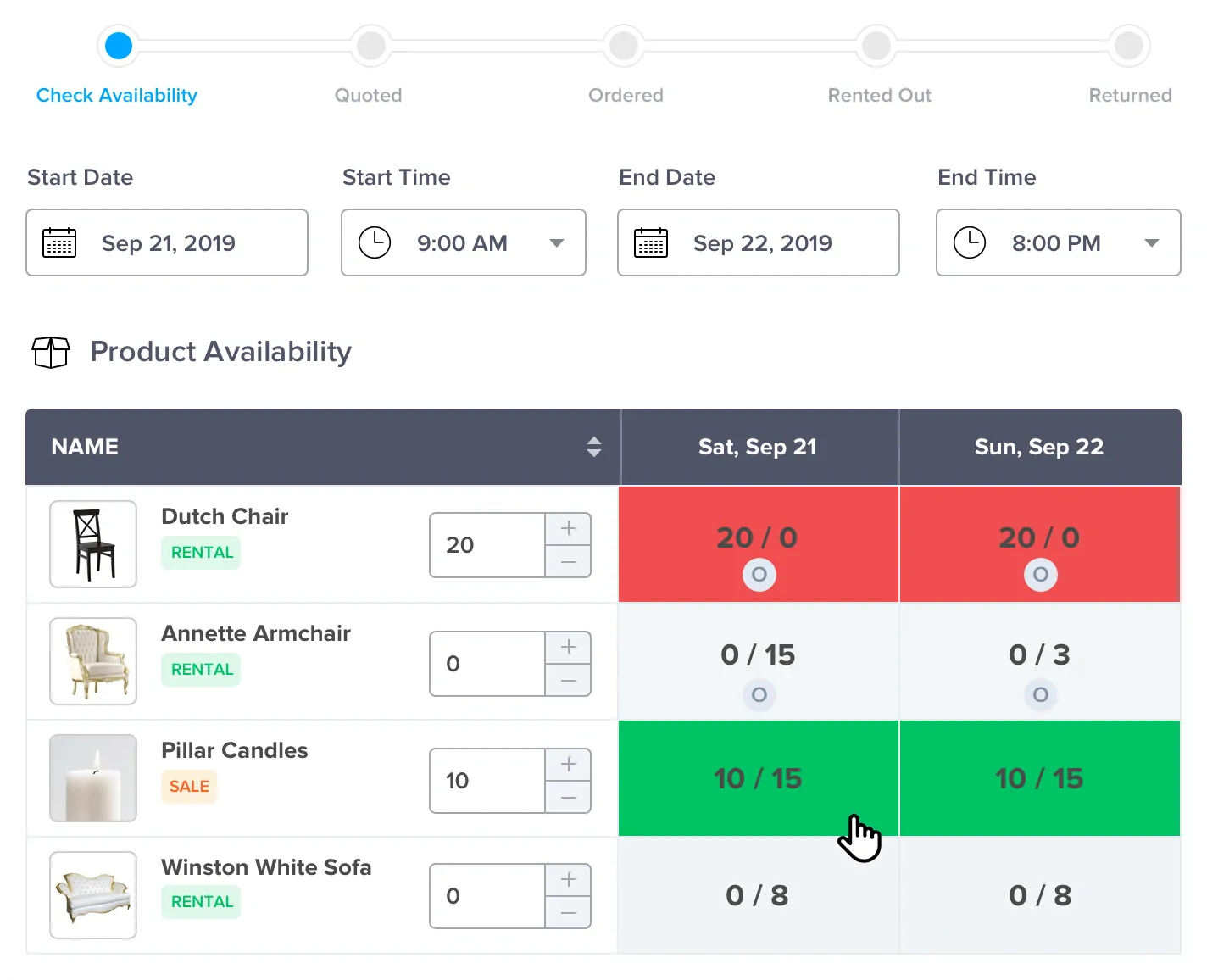
Image Source: Google
In the world of audiovisual technology, the quality of your wires can make a significant difference in the performance of your equipment. Whether you are setting up a home theater system, a professional sound studio, or a presentation room for your business, selecting the right audiovisual wires is crucial for achieving the best sound and visual experience possible. If you are looking for audio visual wires, you should check this website.
Types of Audio Visual Wires
1. HDMI Cables
- HDMI cables are commonly used to transmit high-definition audio and video signals from one device to another.
- They are essential for connecting devices such as Blu-ray players, gaming consoles, and laptops to TVs or projectors.
- When choosing HDMI cables, consider the length needed, version compatibility (e.g., HDMI 2.1 for 8K resolution), and durability.
2. Speaker Wires
- Speaker wires are designed to carry audio signals from amplifiers or receivers to speakers.
- They come in various gauges, with lower gauge numbers indicating thicker wires that can carry more power over longer distances.
- Consider the distance between your amplifier and speakers, as well as the power requirements of your speakers, when selecting speaker wires.
3. Optical Digital Audio Cables
- Also known as TOSLINK cables, optical digital audio cables transmit audio signals as light pulses.
- They are commonly used to connect audio devices such as soundbars, AV receivers, and TVs.
- Optical cables are immune to electromagnetic interference and provide a reliable way to transmit digital audio signals.
Factors to Consider When Choosing Audio Visual Wires
1. Quality
- Invest in high-quality wires to ensure optimal signal transmission and minimize signal loss.
- Copper wires are a popular choice for audiovisual applications due to their conductivity and durability.
- Look for wires with gold-plated connectors for better connectivity and corrosion resistance.
2. Length
- Choose the appropriate wire length to avoid signal degradation or loss over long distances.
- For longer cable runs, consider using thicker wires with lower gauge numbers to maintain signal integrity.
- Avoid excessive coiling or bending of wires, as this can also affect signal quality.
3. Compatibility
- Ensure that the wires you choose are compatible with the devices you intend to connect.
- Check for specific features such as HDMI version compatibility, audio format support, and connector types.
- Some devices may require specialized cables, such as high-speed HDMI cables for 4K or 8K video signals.
Tips for Optimal Audio Visual Wire Setup
1. Cable Management
- Organize and secure your wires to prevent tangling and reduce the risk of tripping hazards.
- Use cable ties, clips, or cable management sleeves to keep wires neat and tidy.
- Labeling cables can help you easily identify them for troubleshooting or reconfiguration.
2. Avoid Signal Interference
- Keep audiovisual wires away from sources of electromagnetic interference, such as power cables and electronic devices.
- Use shielded cables to minimize the impact of external interference on signal quality.
- Optical cables are particularly useful in environments with high levels of electromagnetic interference.
3. Regular Maintenance
- Inspect your audiovisual wires periodically for signs of wear, damage, or corrosion.
- Replace damaged or frayed wires immediately to prevent signal loss or electrical hazards.
- Clean connectors and ports regularly to ensure a secure and reliable connection.
Conclusion
Choosing the right audiovisual wires is essential for unlocking the full potential of your sound and visual equipment. By considering factors such as quality, length, and compatibility, you can ensure a seamless audiovisual experience with minimal signal loss or interference. Follow the tips provided in this guide for optimal wire setup and maintenance to enjoy high-quality audio and video performance in any setting.








